As a kid I remember my parents leaving a 10 to 15 percent tip for our servers wherever we went out for a monthly dinner, normally somewhere simple like Ruby Tuesday’s or maybe Shoney’s — never a brewery. Today, tipping is an expectation in nearly every realm of the service industry. Steve Dublanica, author of Waiter Rant, even penned a book specifically on the subject, Keep The Change, in which he discusses the history of tipping and expectations in the American economy. While there may be standards, what do people actually tip? More importantly…
What do your brewery guests tip?
Prior to this study, we analyzed spending habits based on age and gender. We discovered that women spend 6.9 percent more per brewery visit than men, and also that the 41 to 45 age range is the highest spending age group. However, while these specific demographics may be the biggest spenders, our data shows that these brewery guests are not the biggest tippers.
Using research collected through Secret Hopper, based on 2,500 non-paid brewery visits, we have studied spending trends among men and women across various age ranges. The sample set includes nearly a 50/50 mix of men and women.
- Brewery guests age 21 to 25 leave an average tip of 22.5 percent.
- Brewery guests 41 to 45 years old leave an average tip of 20.45 percent, but average the highest amount spent per brewery visit at $48.95.
- Brewery guests 21 to 25 years old average $39.85 per brewery visit, which is 22.9 percent less than those 41 to 45, but they tip 10.2 percent more.
According to the Bureau of Labor Statistics, there are approximately 8.3 million food preparation and serving related occupations. Out of these 8.3 million jobs, 21.3 percent are held by workers 20 to 24 years old. Only 14.5 percent are held by those 35 to 44 years old. One explanation for 21- to 25-year-old guests tipping more may lie in the fact that many of these brewery goers also work in the service industry.
With regard to gender, women leave an average tip of 22.1 percent, while men leave an average of 21.3 percent. While women spend 6.9 percent more per brewery visit than men, they only tip 3.8 percent more.
The role of staff engagement
Putting age and gender aside, the greatest factor we studied that affects tipping is the level of your brewery staff’s engagement.
For each of the studied 2,500 unique brewery visits, the brewery guests were asked “How would you rate the brewery staff’s level of engagement?” While subjective, it does provide insight into the benefits of greater interaction with your guests.
When your brewery staff exhibits a high level of engagement to your guests, those guests leave an average tip of 23.4 percent. This is higher than either the highest tipping age range and gender. Those guests receiving a high level of engagement tip 26 percent more than guests who believe they receive low engagement from your staff. From a prior study, we discovered that when guests state that the brewery staff enhance their visit, they also spend 20 percent more.
Encouraging your staff to build a deeper connection with your guests not only benefits your brewery in the form of higher tabs, but also results in your staff receiving greater tips.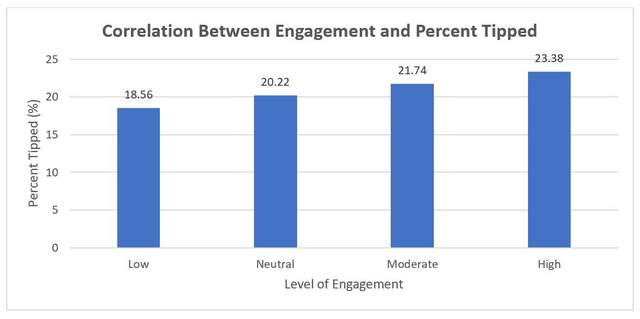
Case study in tipping
Over the past three months we compared tipping behavior between two breweries, one in Florida and one in New Hampshire. We will refer to the brewery in Florida as Brewery FL and the brewery in New Hampshire as Brewery NH.
Both breweries displayed “moderate” staff engagement 50 percent of the time. However, Brewery FL demonstrated “high” engagement 41.67 percent out of the remaining 50 percent of visits. Brewery NH demonstrated “high” engagement only 25 percent of the remaining 50 percent, with an additional 16.67 percent displaying “neutral” engagement and the remaining 8.33 percent displaying “low” engagement. Brewery FL demonstrated “neutral” engagement 8.33 percent of the time and no visits studied experienced low engagement.
How that translated to tips: Brewery FL’s average tip was at 22.67 percent over the studied visits while Brewery NH averaged 19.58 percent. Brewery FL’s staff received tips 15.8 percent higher than Brewery NH. Greater engagement results in greater tips and what we would suspect to be a happier staff.
Let’s look at it another way: Through a prior study we discovered the average guest spends $44.54 per brewery visit prior to tipping. This figure includes all purchases made on their tab. A guest at Brewery FL would tip $10.10 on this check size while a guest at Brewery NH would tip $8.72, a difference of $1.38. However, if each guest serves 30 customers during a shift, this would be additional earnings of $41.40.
Studying your staff’s tipping percentages is one way to help monitor their engagement with your guests
We all want our staff as proud and passionate about our brand as we are, but keeping an eye on them during all hours is not an option. Monitoring trends in their tips can help you make sure they are interacting with guests as you’d like. Increased engagement leads to increased tabs which leads to increased tips. Employees earning more money are typically happier employees. This would result in less turnover at your brewery, more recognition between staff and guests and more repeat customers as a result of the higher engagement.
It is your goal to make your brewery stand out as the craft beer industry soars past 7,000 and maximizing your guests’ experiences is one key way in which you can succeed in doing so.
Andrew Coplon is a founder of Secret Hopper, a mystery shopping company for craft beer businesses.

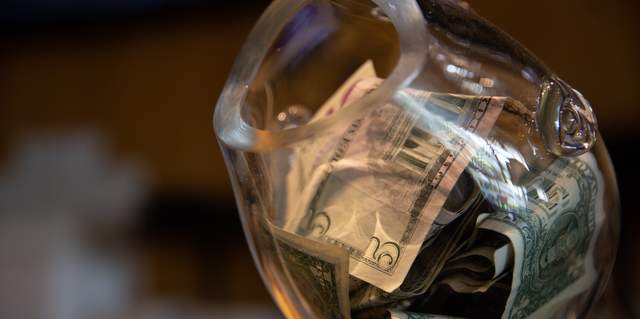
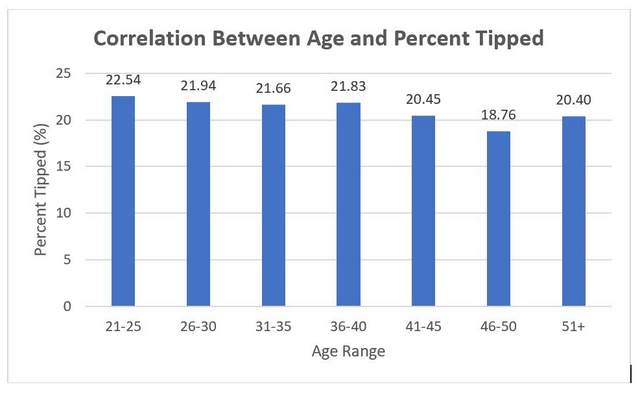
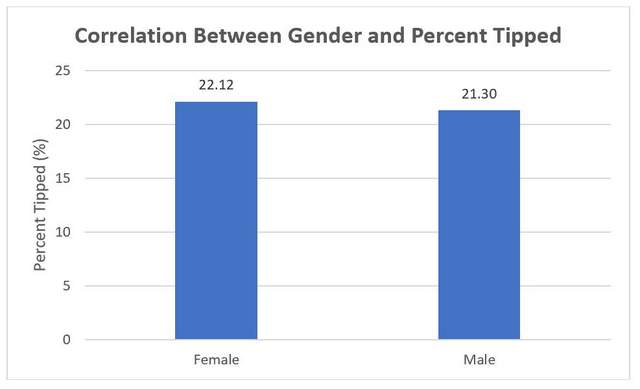
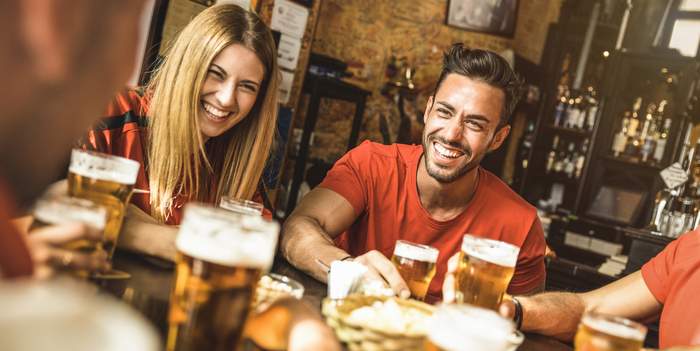

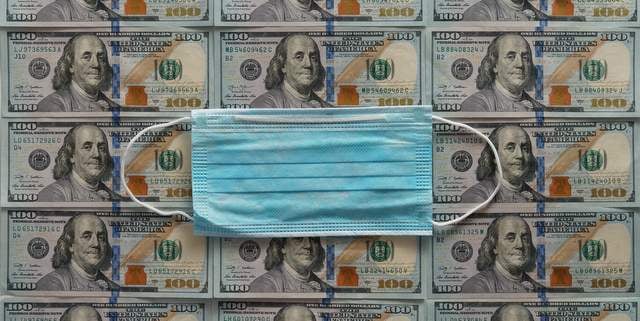

Dane Fitzgerald says
Andrew Coplon
Lewis Rivers says
Talk to a statistician, this is a meaningless statement to make: “With regard to gender, women leave an average tip of 22.1 percent, while men leave an average of 21.3 percent. While women spend 6.9 percent more per brewery visit than men, they only tip 3.8 percent more.” Just because you can put two things in a paragraph together to make some kind of implication, doesn’t mean that there’s any correlation between them. But putting them together implies that there is a correlation. The real question I have for the author of this article is, why would you try to make some kind of statement by putting those two things together? The statistics show that women tip more than men, so that should be the conclusion, not some weird conflation of two tangentially related stats.